By Bryan Calandrelli, Niagara Region Editor
Last Saturday I did something that I’d never had the chance to do before: I led an all-Niagara (USA) wine tasting for a national audience as Rochester played host to the American Wine Society’s National Conference.
Of course, anyone with foresight and the ability to plan their lives accordingly may have actually taken advantage of the perks of being a presenter at a conference like this by pre-registering for other seminars, booking a hotel room to fully let loose and confirming whether they wanted beef, fish or the vegetarian entree at the banquet. But I did none of these.
So I’m a procrastinator who only experienced one-third of the event. But even with this limited of exposure to the society and its members, I still came away with plenty of thoughts and observations.
New York’s Presence at the Conference
The only seminar I attended due to my aforementioned lack of planning was Jim Trezise’s “New York Gold – World Class, Next Door” and I was excited to see what would represent the state as a whole. The first wine – a wine that took a double gold at the NY Food & Wine Classic – was Bellhurst’s Sparkling and it showed some reductive H2S aromas on the nose and finish. Knowing that the wines selected for this tasting were based on past gold medal awards I suppose this could have been due to some bottle variation.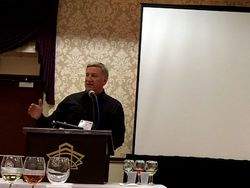 Luckily, wines like Tierce’s 2008 Riesling, Corey Creek’s 2010 Gewurtztraminer, Ventosa Vineyard’s 2008 Cabernet Sauvignon and Fulkerson’s 2009 Lemberger all impressed. During the seminar there were a few specific winemaking questions, such as what grapes went into the sparkler, but unfortunately Jim wasn’t prepared for anything too geeky.
Luckily, wines like Tierce’s 2008 Riesling, Corey Creek’s 2010 Gewurtztraminer, Ventosa Vineyard’s 2008 Cabernet Sauvignon and Fulkerson’s 2009 Lemberger all impressed. During the seminar there were a few specific winemaking questions, such as what grapes went into the sparkler, but unfortunately Jim wasn’t prepared for anything too geeky.
Since the AWS prides itself on scoring sheets, wine education and details I would have thought the NYWGF would know its audience and be well-prepared to present what was billed as NY’s winning-est wines.
I did find it odd that Jim’s NY Gold Seminar included seven wines from the Finger Lakes while only including one from Niagara, one from Long Island and none from the Hudson Valley. You could make the argument that this was simply because the conference was in Rochester, a short drive from the Finger Lakes, but I don’t think that should have been the point of an all-New York seminar. Besides, Rochester is actually smack in the middle of the Finger Lakes and Niagara regions.
I’m also not sure what level of interest other New York regions had in the conference or if this event was simply off their radars. I owe my awareness and participation in the conference to longtime AWS member and owner of Arrowhead Spring, Duncan Ross.
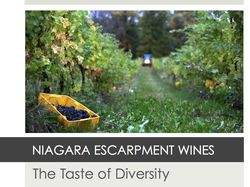 My Presentation
My Presentation
At the beginning of my session a quick show of hands revealed that a good chunk of attendees thought they were getting a Niagara, Ontario-focused presentation. I gave an insincere apology and assured them that they wouldn’t be let down by the wines they were about to taste from across the river.
Since an opportunity like this is few and far between, I had to go big. The whites I chose were Arrowhead Spring’s Reserve 2009 Chardonnay, Schulze’s Semi Dry Vidal 2010 and Leonard Oakes’s 2008 Icewine. Eveningside Vineyards’ 2009 Cabernet Franc, Freedom Run’s 2010 Reserve Pinot Noir, Arrowhead Spring’s 2008 Syrah and the as-yet-unnamed experiment that is Freedom Run’s 2010 Appassimento of Cabernet Franc made up the red flight.
Instead of giving them a list to accompany each flight, I let tasters form opinions, make some assumptions and guess the grape before making the big reveal, something I thought would make the tasting more interactive. How would they react to one of the most sexy Vidal Blancs I’ve ever tasted without knowing it’s a hybrid? Would they pick out a Niagara Cabernet Franc from a cool year that lacks the overt bell pepper aroma they associate with it?
Moreover, would they recognize a pinot noir from a warm vintage that shows cherry fruit with assertive tannins and a voluptuous feel? Would the residual sugar left over in an appassimento style red make them think it was more of a dessert wine than a dry red?
The overall reaction was what I’d hoped it would be. Questions ranged from comparing how grapes do on the lakeshore vs. the escarpment to how much botrytis-infected grapes went into the icewine.
On the AWS
Seeing 550 people from across the country gather in the spirit of tasting wine was a reminder that the AWS has dedicated members and leaders alike. It was obviously no small feat to organize and pull off the three days of competitions, seminars, tours and tastings.
Having personally attended events like TasteCamp and other, more winemaking-oriented seminars, I couldn’t help but notice some obvious differences between last weekend’s conference and what I’m used to.
The most noticeable difference was simply age. The under-40 crowd seemed largely unrepresented during my albeit-limited exposure to the attending members. While there were some funny moments that brought attention to this – like my “If you’re around next year to taste these” faux pas during my seminar which earned several giggles – anyone who I talked to about the future of the AWS mentioned the need to expose the society to the younger generations.
(Just to clarify, my comment was alluding to next year’s national conference in Portland, OR.)
Something else I noticed – a lack of social media buzz – is most certainly tied to my previous point since I was maybe one of a handful people using Twitter during the seminars.
I was impressed after meeting its leaders, taking questions from its members and sharing in its banquet, which recognized the dedication, service and passion of its volunteers and members. But it’ll be interesting to see how the society adapts to a rapidly evolving wine buying demographic.
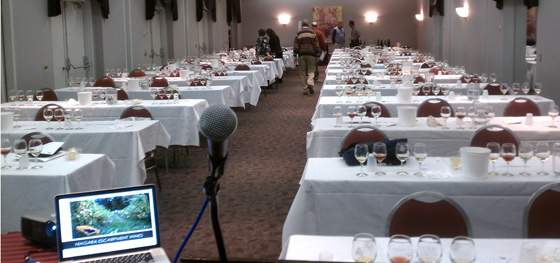
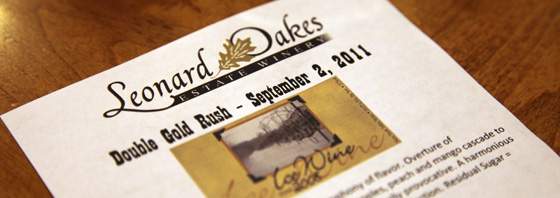
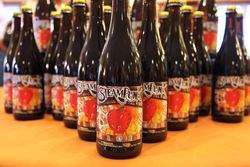
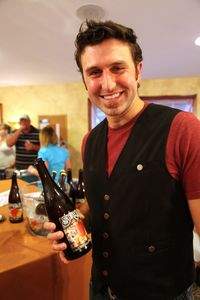
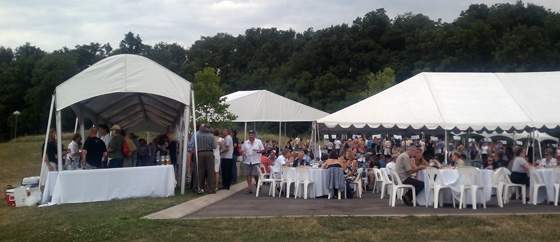
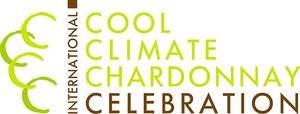
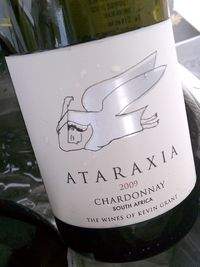

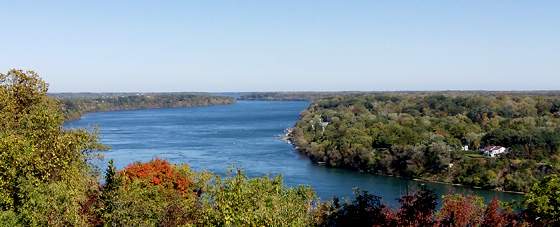
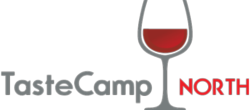
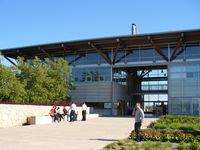
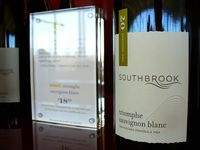
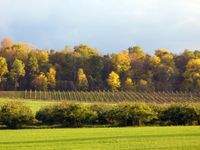
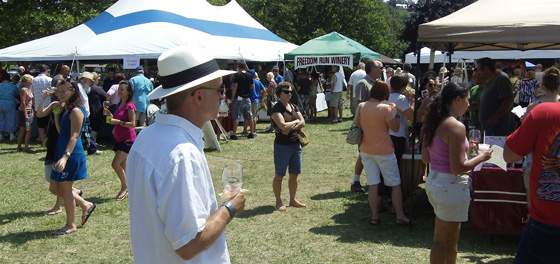
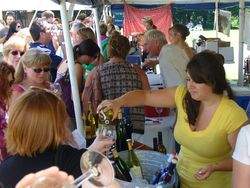

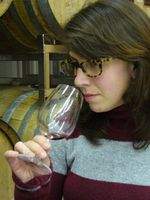


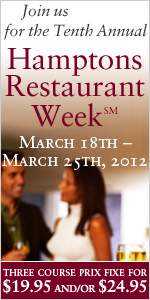
Recent Comments